A wide range of sizes and kinds of portable water filters are available. The number of people you need to serve and the location where you intend to use the portable water purifier will determine which model is ideal for your needs. An inexpensive water bottle filter can be all you need to stay hydrated at the gym or the workplace. A larger portable water filter is necessary to guarantee that all family members can access clean drinking water when camping.
Considerations when choosing a portable water filter
When looking to purchase a portable water filter, it is important to keep in mind the following details:
Filtration Technology
An essential factor to take into account is the filtration method a portable water filter uses. To filter out impurities, various systems use different approaches. Here are a few examples of popular filter technologies:
This cutting-edge technology uses a semi-permeable membrane to remove heavy metals, dissolved solids, and other impurities.
Ultrafiltration is a technique that uses holes that are even smaller than microfiltration to remove even the tiniest particles and viruses.
This method prevents the passage of protozoa, bacteria, and particles by means of a physical barrier.
- Activated carbon filters:
These water filters eliminate unpleasant smells, chemicals, and chlorine by adsorbing impurities using activated carbon.
The benefits and drawbacks of each filtration method are unique. For instance, reverse osmosis systems offer thorough filtration, and activated carbon filters enhance odor and taste. When planning your portable water filter, it’s important to consider your demands in detail and the types of water you’re likely to encounter.
Longevity and maintenance
Regular maintenance is key to keeping a portable water filter running smoothly. Think about the accessibility of replacement filters or parts and how easy they are to maintain. While some filters are disposable and need replacement on a regular basis, others feature washable and reusable filters. Before settling on a system, take stock of your maintenance tasks and whether or not you’re comfortable with them.
Think about how long the system will last as well. Choose models that are well-known for their long-term reliability and sturdy construction. You may learn a lot about the system’s durability by reading customer reviews and looking into the brand’s reputation.
Portability and durability
Because of their intended use in outdoor settings, portability and durability are two of the most important characteristics of portable water filters. Filters that feature high-quality materials are better able to endure harsh environments. Think about how big and heavy the filter is as well. Its small size and light weight make it ideal for outdoor adventures like camping and trekking.
In addition, make sure the system is not difficult to assemble or take apart. Easy and fast setup is possible with some systems because of their user-friendly designs. When every second counts, such as in an emergency, this item can be a lifesaver.
Capacity and flow rate
The portable water filter’s capacity and flow rate are additional essential factors. The flow rate refers to the system’s ability to filter water quickly. A system with a greater flow rate is preferable if you urgently need to filter a substantial amount of water. However, a system with a reduced flow rate can be sufficient if portability and compactness are your top priorities.
The system’s capacity is the maximum volume of water it can filter before it needs maintenance or servicing. While some systems are permanently set at a specific capacity, others are washable or feature-replaceable filters. If you want to know what capacity you need, think about how often you use it or how long your trips are.
Affordability
Your financial situation may play a deciding factor in the end. Find the solution that suits your needs the best without breaking the bank. Also, it stays within your budget without sacrificing quality. The most cost-effective choice may not be the one with a cheap, poorly built water filter.
Most effective portable water filtration system
Whether you’re going on a camping trip, trekking, backpacking, or want to be ready for everything, a portable water filter is essential.
Sawyer Products MINI Water Filtration System
Enjoy your time outdoors even more with this compact and user-friendly filter. You may easily use it by attaching it to a drinking pouch, hydration bladder, or even a standard water bottle. More than 99.9 percent of harmful protozoa and bacteria are successfully eliminated. Features a reusable Sawyer squeeze pouch for simple sipping. It is also easy to clean after use and has a capacity of up to 100,000 gallons of water.
Pros
- With a 0.5-liter capacity for filtration.
- The ability to filter out particles as small as 1 micron.
- The maximum capacity is 100,000 gallons.
- Small and lightweight construction.
Insulated Stainless Steel Filtered Water Bottle
This portable water filter bottle is a great choice for one-time use only. Hydration is guaranteed wherever you go, with its capacity to hold up to half a liter of water. Plus, it has a contaminant-filtering capability of up to 99%.
You can use this water bottle everywhere—on the trail, at the restaurant, and even at the gym. Therefore, your search for a flexible and transportable filtering system ends here.
The double-walled filtering mechanism will keep the water cool for up to a day. Also, the silicone mouthpiece is soft and detachable, making it easy to clean and sipping a breeze.
Pros
- Chill the water for at least one day.
- Ideal for personal use.
- An easy-to-use mouthpiece for drinking.
- Protozoa and bacteria can be filtered out to 99.9%.
- You can choose from a variety of colors.
Cons
pH On-the-Go Portable Water Filter
People who are always on the move will find this portable water filter beneficial. Put one of these pouch filters into a water bottle or glass, and it will immediately filter out any harmful substances. You can purify up to 416 glasses of water with just one bag. To make sure you get the most out of every mouthful, the filter beads in each pouch make the water more alkaline and add trace elements and minerals.
Pros
- Contains additional elements and trace minerals
- Fast filter choice
LifeStraw Personal Portable Water Filter
One of the best options is the LifeStraw, a simple and effective portable water filter. Just submerge one end of the filter in water from any natural source and drink the water from the other end. Thanks to the inside filter, you can stay safe while on the go, which can remove harmful impurities, including bacteria, sand, and silt. Because it is so small, this is the ideal camping accessory.
Pros
- Simple to operate
- Convenient and compact
- A minimalist style
Cons
- Designed for use with lesser amounts
Platypus Gravity Water Filter
Portable and powerful, this system is ideal for on-the-go use. In the event of an emergency or when camping with a large party, it is a great choice. You can choose between a four-liter and a six-liter version of the system. This set includes a dirty reservoir, a clean reservoir, hoses, a bag for storage, and a microfiber cloth.
The system complies with NSF and EPA standards and is gravity-fed only. Bacteria and protozoa can be eliminated to an extent of up to 99.99%. You can fill the reservoir rapidly and without pumping.
In only a few minutes after hanging it from a tree, you will have four liters of water available for washing, cooking, or drinking.
Pros
- Great for camping tours with a large team.
- Gravity-fed design.
Best commercial water purifiers
Aquaguard Geneus Water Purifier
Commercial water purifiers like the Aquaguard Geneus are great for large households or companies that use water. It uses a 7-stage purification process incorporating UF, UV, and RO to remove impurities from the water. A total dissolved solids regulator ensures the water is fit for human consumption.
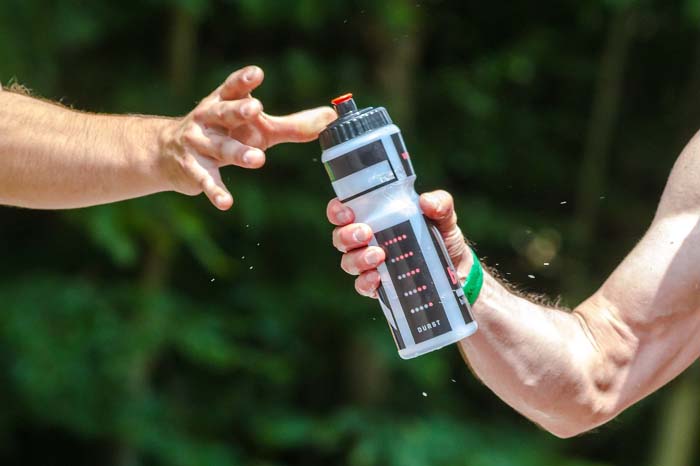 Light Commercial Reverse Osmosis Water Filtration System
Light Commercial Reverse Osmosis Water Filtration System
Because of these three features, it is perfect for business use. Commercial properties might benefit from its included booster pump, which allows for water pressure adjustments. It can provide 30,000 gallons of water thanks to its 20-inch pre-PO filters.
Thirdly, you won’t have to worry about replacing the filters for long. This is because they are twice as big as the normal filter in the industry. You can be confident that the water it produces is safe to drink because of its 5-stage filtration technology. A low-pressure membrane achieves a daily processing capacity of 400 gallons of water.
This water filter is considered to be environmentally friendly. A 20-inch-quality filter guarantees reduced maintenance expenses and a long-life filter.
Neo commercial 25 LPH RO + UV water purifier
Businesses can benefit from this large-capacity water filter. A UV sterilizer, post-carbon filter, RO membrane, and pre-filter are all part of the system for complete purification. With its automated flushing mechanism, this system may prolong the life of the membrane and is easy to use and maintain. An organization needing a reliable, high-capacity water filter would benefit from its long lifespan and sturdy construction.
Kent Ace Mineral Water Purifier
This system eliminates contaminants from water by using reverse osmosis and ultraviolet technologies. A total dissolved solids controller ensures that the water’s beneficial minerals remain undrinkable and safe to consume.
Lead and chromium are two heavy metals that the RO treatment sieve can capture. It outperforms the average commercial water filter, which only manages 300 GPD, by producing 500 GPD. The amount of water here is sufficient for uses such as breweries.
The majority of the parts of this unit are already put together, so installing it is a breeze with just a few common household tools. All you need to do to get it going is connect it to your water pipes and the atmospheric tanks that come with it.
Livpure Glo Water Purifier
One affordable commercial water purifier that uses a six-stage process including UF, UV, and RO to remove impurities is this unit. The presence of a total dissolved solids controller further guarantees that the water is fit for human consumption.
WECO HydroSense Reverse Osmosis Water Filter
This unit has all the features you desire in a business water filter. An electric booster pump operates automatically to maintain the system in peak operating condition at all times. Its purification procedure can render water odorless by removing particles as small as 0.5 microns.
APEC Water Systems RO-Lite
There are five stages to this model’s filtration system, and the high-capacity filters extend the system’s life and make the water better. A polypropylene sediment filter will remove rust and particles in the first step.
Cloudiness, bad taste, chlorine, and smell are all taken care of by the second and third stages of the water filter, which employ activated carbon. At this point, it also gets rid of the VOCs.
Stage four, an RO membrane filter, can purge water of dissolved solids by as much as 99 percent. The extremely high pressure of this step can remove viruses, lead, arsenic, and germs.
Pureit Classic Water Purifier
One affordable commercial water purifier that uses a six-stage process including MF, UV, and RO to remove impurities is this unit. Plus, it contains a total dissolved solids modulator, so you know the water is safe to drink.
Benefits of using a portable water filter
You can ensure the water’s safety by purifying it using a portable water filter. This includes water from any source, such as dams, streams, taps, or ponds. This eliminates the need for a bulky and cumbersome drinking water supply on outdoor adventures like boating, hiking, camping, and riding. This allows you to remain hydrated safely and practically.
By switching to a portable water filter, you may lessen your environmental impact by eliminating the need to buy bottled water in single-use plastic bottles. Ultimately, it’s better for the environment, more convenient, and cheaper long-term.
Conclusion
Finally, consider the filtering technology, capacity, flow rate, portability, durability, maintenance, and lifespan when buying a portable water filter. Picking a system that works for you and provides safe drinking water no matter where you are requires careful consideration of these important elements.
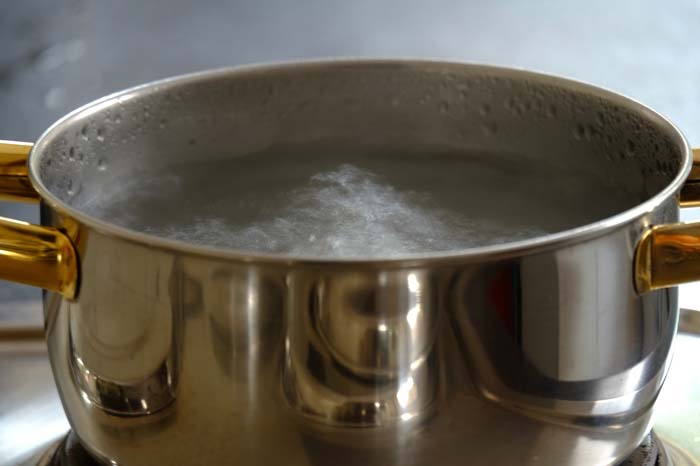

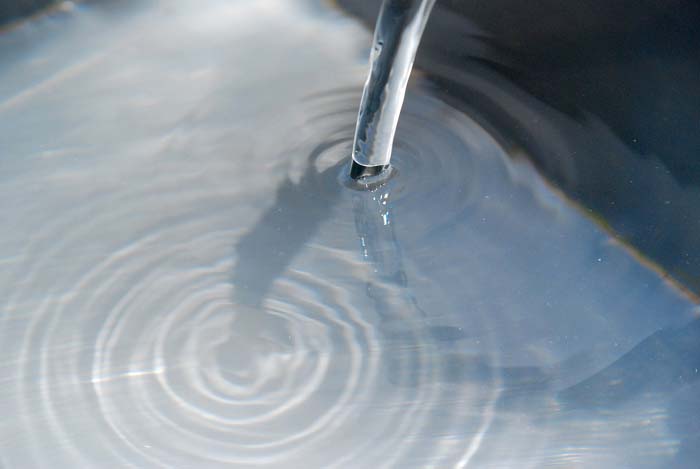
 Post-filtration:
Post-filtration: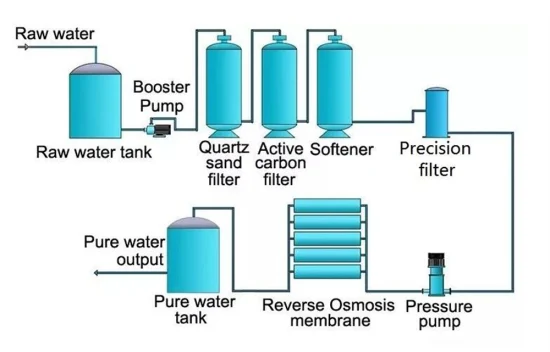
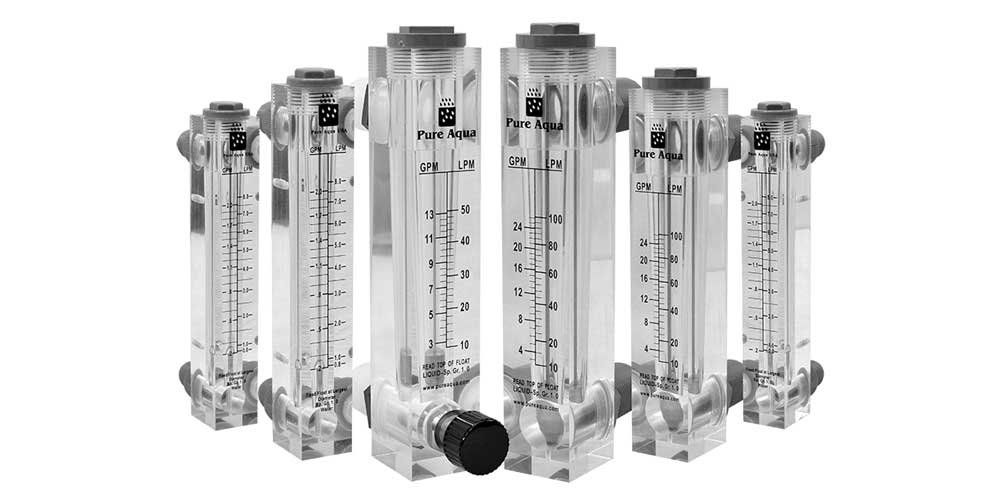 How does salt get into the water?
How does salt get into the water?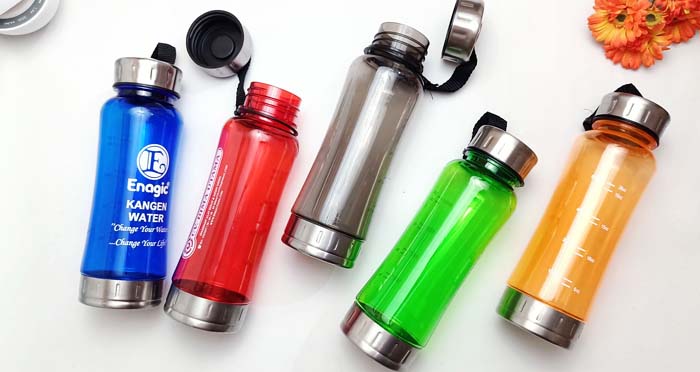
 Compact and portable design
Compact and portable design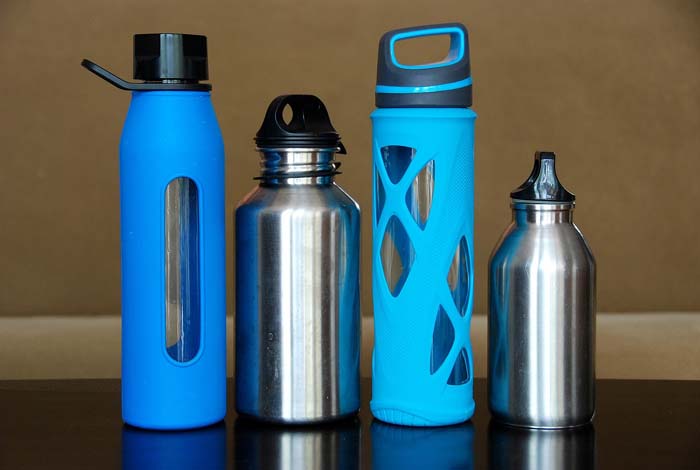
 Light Commercial Reverse Osmosis Water Filtration System
Light Commercial Reverse Osmosis Water Filtration System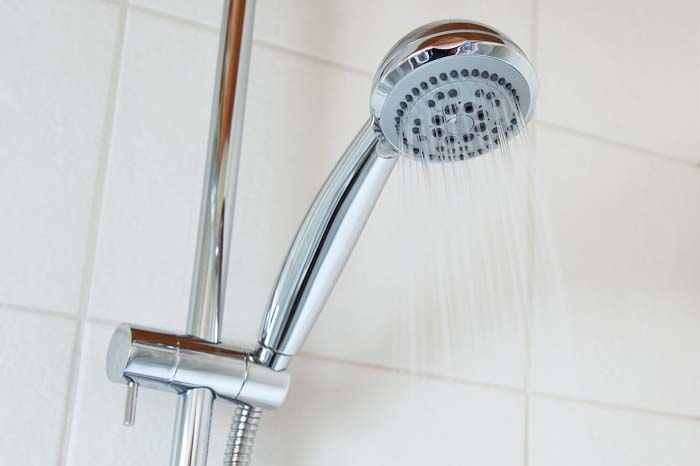
 A shower filter cartridge’s durability is impacted by:
A shower filter cartridge’s durability is impacted by: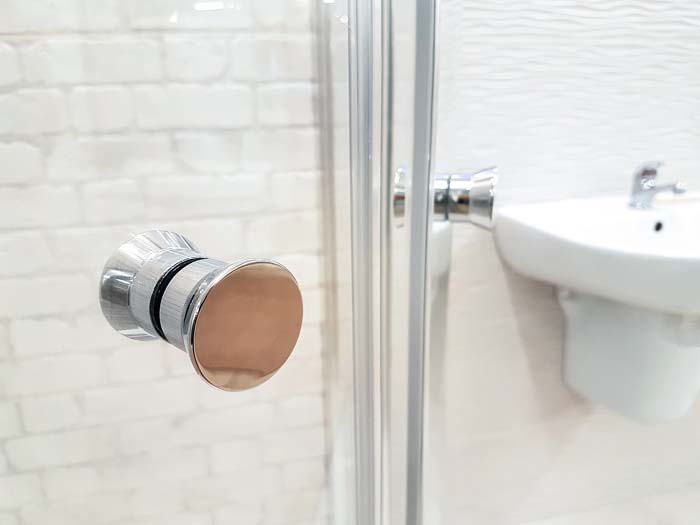
 How to regrow hair loss due to hard water
How to regrow hair loss due to hard water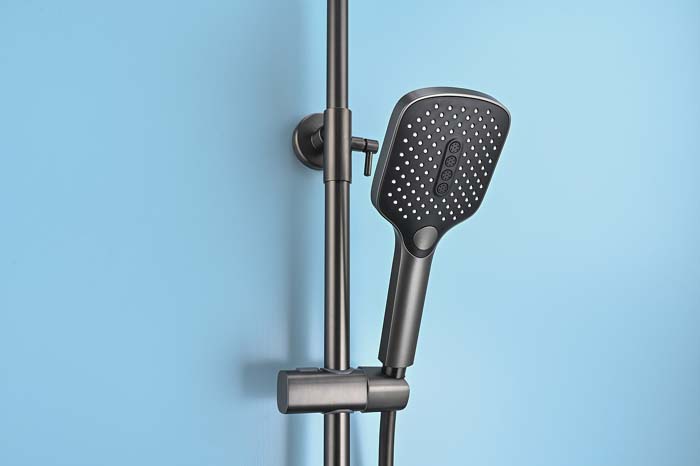
 Shower filters affect water pressure
Shower filters affect water pressure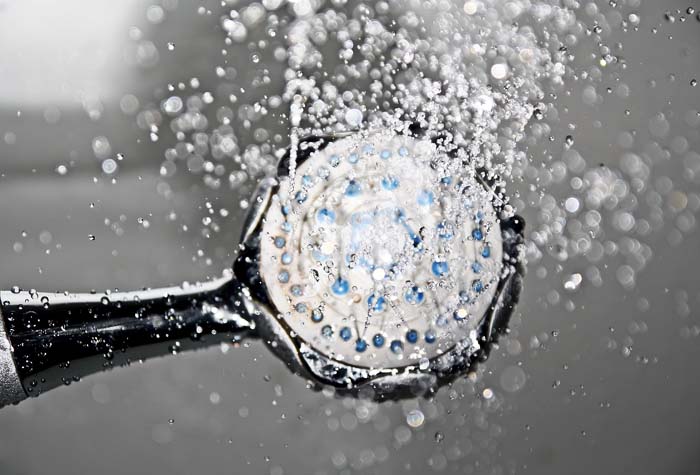
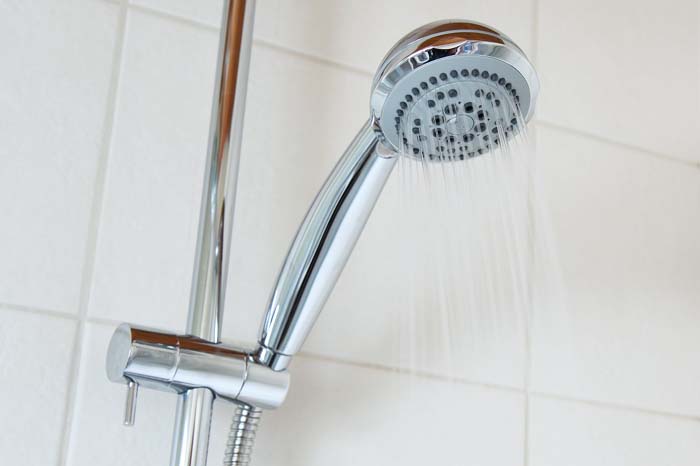
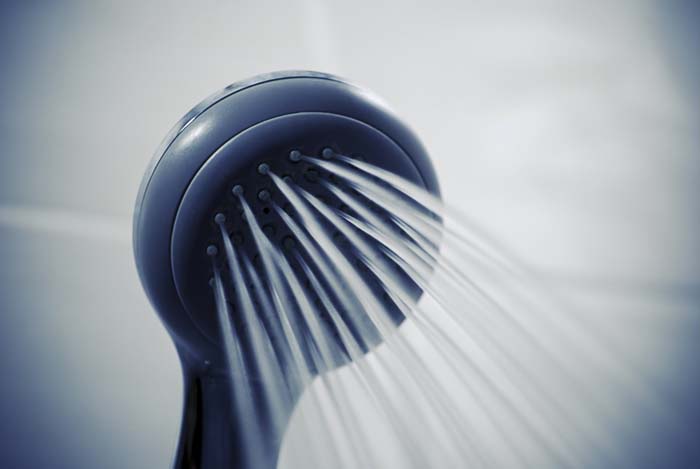 Shower filter that’s best for chlorine and heavy metals
Shower filter that’s best for chlorine and heavy metals